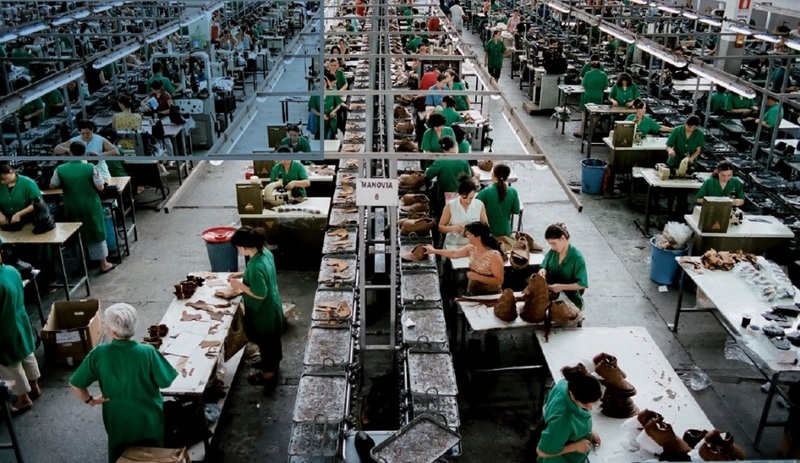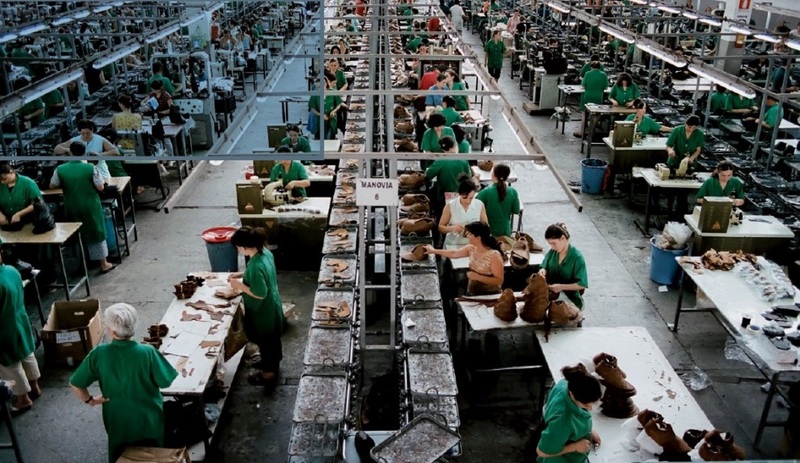Vietnam footwear industry has developed strongly
According to experts, the Vietnamese footwear industry is accelerating rapidly. Thanks in part to the ongoing and forthcoming FTAs that have facilitated the growth of the Vietnamese footwear industry. Over the past years, the footwear export turnover has risen to the third position in terms of value contribution to the export of the country.
By the end of October 2017, footwear exports reached US $11.3 billion, which helped to increase the feasibility of the target of US $12.75 billion according to the Vietnam Leather and Footwear Association(LEFASO). In this year, Vietnam is emerging as one of the major footwear suppliers to the US market with 11% of market share and is likely to reach 13% by 2020, according to the representative of the American Footwear Association. In line with the growth in the demand for footwear in the world market, Vietnamese footwear companies have more advantages in the market as footwear products' current tax will be abolished to near 0% through the TPP.
In addition, thanks to the opportunities offered by free trade agreements, Vietnam is gradually becoming the center of the world leather industry. FDI enterprises have started to shift footwear workshops to Vietnam instead of China and other countries in Southeast Asia. From 2014 to now, the number of orders moving from China to Vietnam grew rapidly. Instead of focusing mainly on China, Wolverine Worldwide will increase the import of goods in Vietnam from now to 2020. At present, Vietnam's footwear products account for about 16.7% of purchase needs of Wolverine Worldwide. Vietnam is a very attractive country due to its time of production, rapid growth in turnover and market expansion in many countries around the world. This is also a great opportunity to promote the development of footwear industry in Vietnam.
However, the increase in profit margins for the sector as to how to increase added value, the export value for footwear products is a strategic target that the Vietnamese footwear industry is aiming for besides increasing total export turnover and expanding market. First of all, to find a solution, we need to find out the basic reason leading to the low value of footwear products. That is the rate of localization of raw materials is not achieved as targeted by the industry such as the localization rate of synthetic leather is 30%, 70% of fabric and 60% of soles. In particular, for some materials to produce products with high export value such as leather, textile fabrics, Vietnam is control ling about 20%, the rest has to import from abroad.
In addition, linking production with world-renowned brands to diversify products in the industry is an effective way to increase the value of the exports that domestic footwear companies needs to take advantage. One example of this is Sahara International Corporation (the owner of the brand name of Banuli), who bravely invested in a large-scale production workshop to meet the rigorous demands of quality and quantity from well known shoe brand such as Nike, adidas, Clarks,.... In addition, from being an outsourcer of footwear for other brands, the Sahara has actively researched, developed and improved its designs for customers to make diverse in choices.
This shows the importance of developing the industry in both breadth (increase in total turnover) and depth (increase in profitability). In order to raise the export value, Vietnamese enterprises need to develop their development strategies in the direction of upgrading the scale, investing in machine equipment and training personnel to produce quality products instead of focusing on running the quantity of cheap products.










